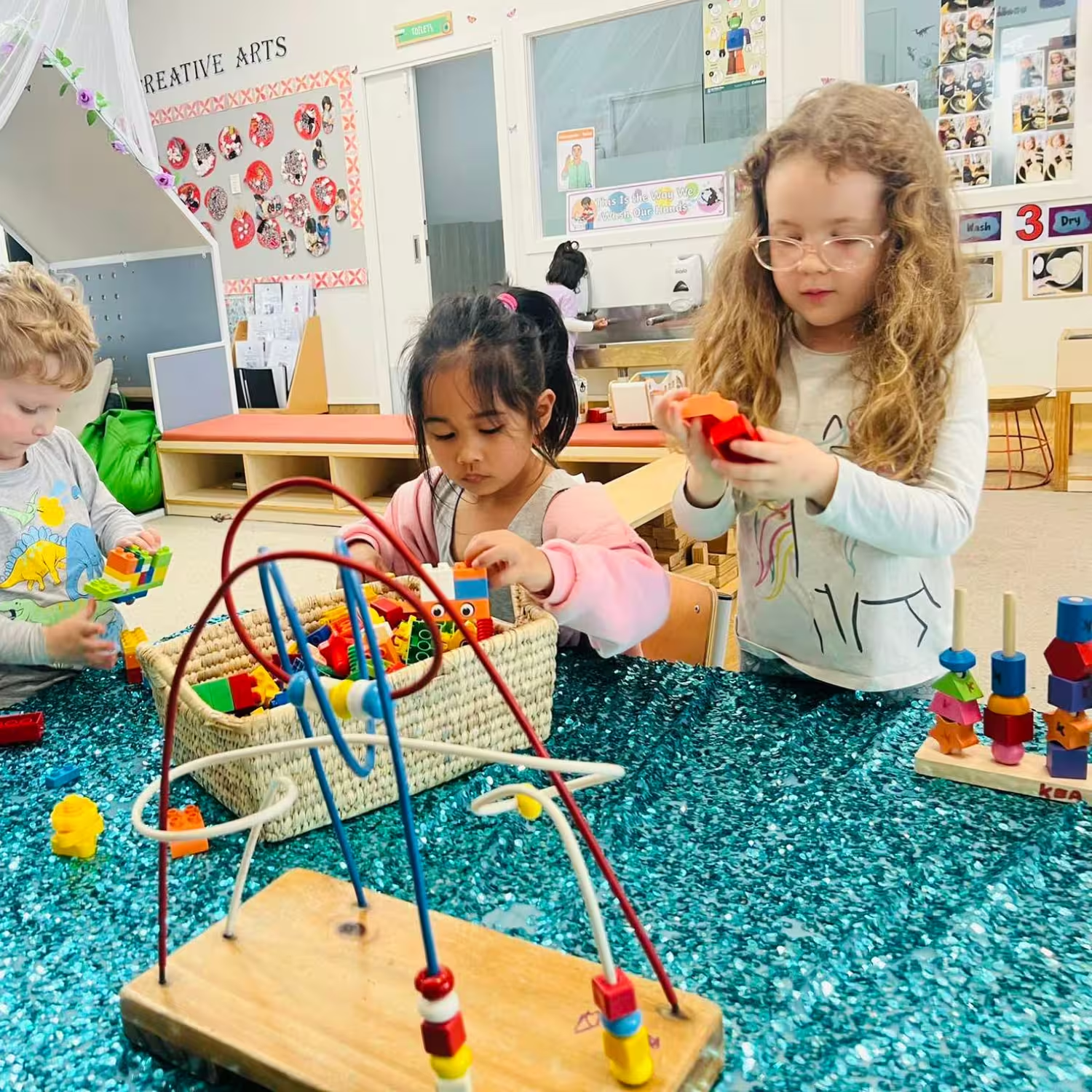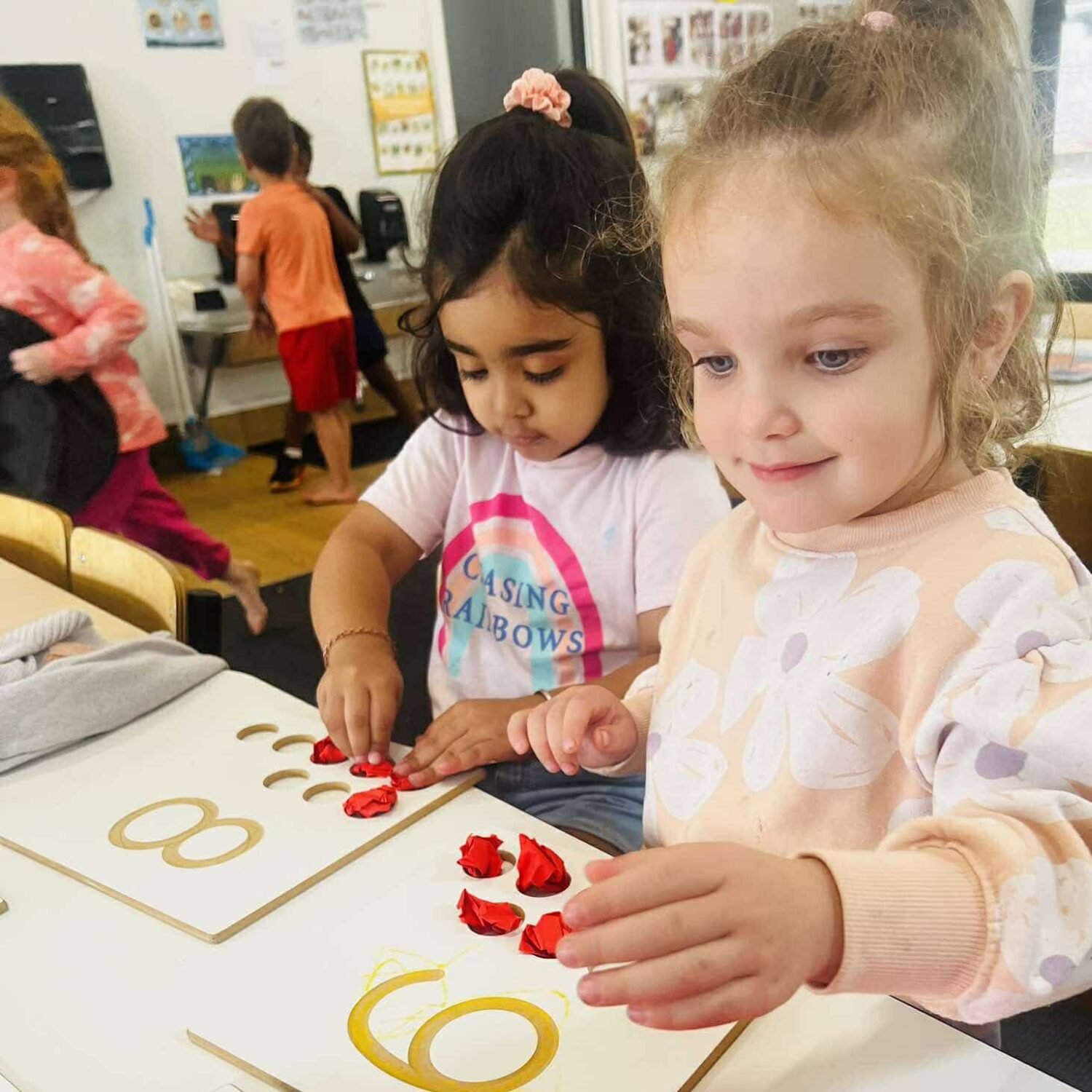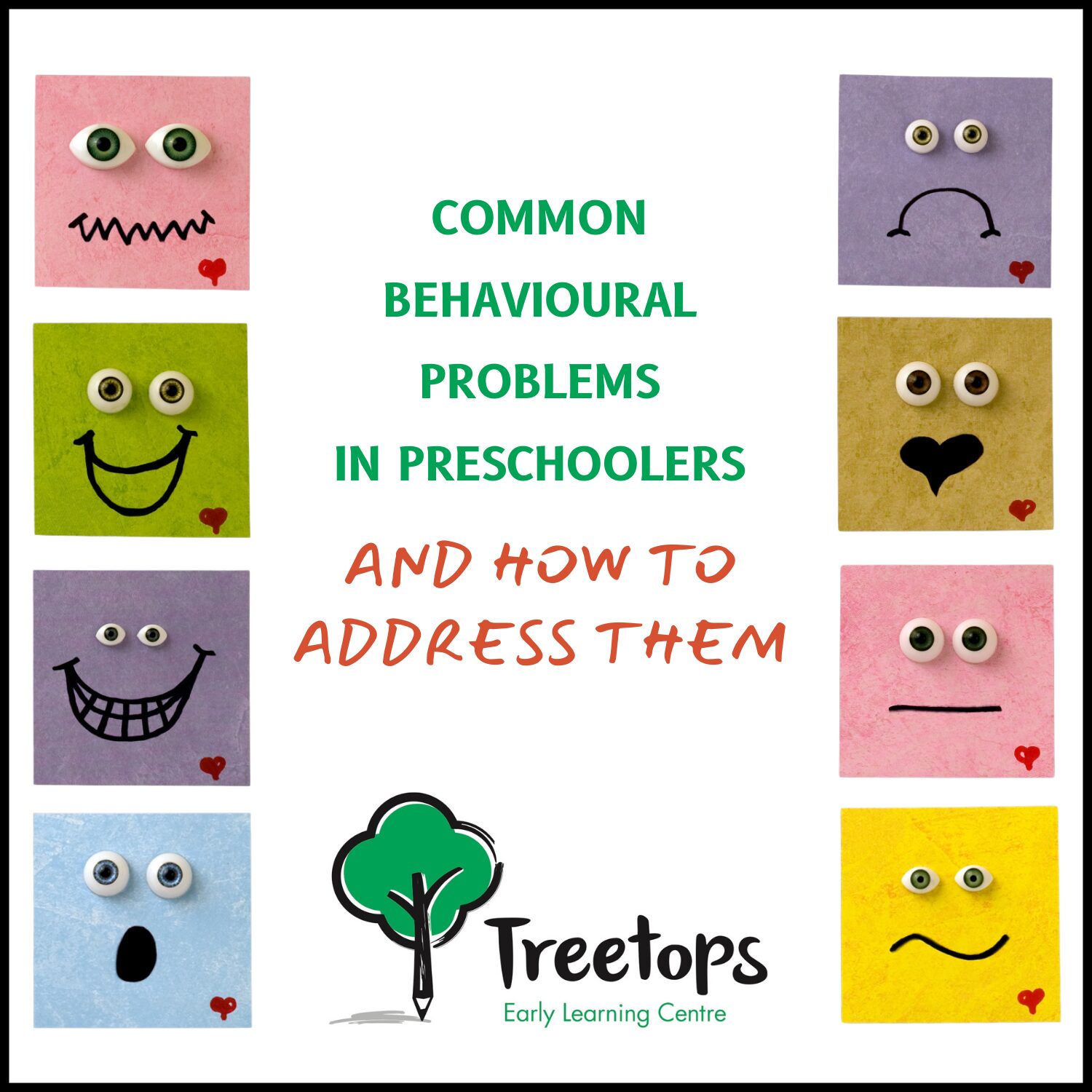At our Treetops daycare centres in Pukekohe and Botany, we embrace every child’s journey of discovery. A big part of this is recognising and supporting urges, or patterns of behaviour, that shape how children play and learn.
What Are Urges?
Urges, also known as schemas, are repeated actions that children use to make sense of their world. These patterns reveal how children think, learn, and explore. At Treetops, we observe these urges closely to understand each child’s unique needs and interests.
Recognising urges allows teachers and parents to see children as curious investigators. By repeating the same action with different materials, children test ideas and strengthen brain connections. Understanding these patterns helps us create environments and activities that support their development.
Why Are Urges Important?
Urges are a vital part of learning. They help children develop dispositions like courage, perseverance, confidence, and responsibility. When children engage in play driven by their urges, they experience deep concentration and joy. This boosts their wellbeing and sense of empowerment.
For example, a child may show an urge for enveloping. They might cover dolls with blankets, paint their paper entirely in one colour, or hide in boxes. Recognising this pattern helps us provide activities and materials that align with their interests.
Common Urges in Children’s Play
Here are some of the most common urges we see at our Pukekohe daycare centre as well as our two daycare centres in Botany:
- Transporting: Carrying objects using buckets, bags, or their hands.
- Trajectory: Throwing, dropping, climbing, or jumping. Interacting with moving objects like swings or running water.
- Transforming: Exploring changes in materials, like mixing water and dirt or watching ice melt.
- Enclosing: Containing objects, such as filling cups or building fences for toys.
- Enveloping: Covering objects or themselves, like wrapping a toy or hiding under blankets.
- Rotation: Engaging with circular motions, such as spinning wheels or watching the washing machine.
- Orientation: Viewing the world from different angles, like hanging upside down.
- Positioning: Lining up or organising objects by size or colour.
- Connecting: Joining objects, such as building with Lego or threading beads.
- Disconnecting: Taking things apart, like cutting paper or knocking down towers.
- Posting: Putting objects into containers or through holes.
- Gathering: Collecting similar items together.
- Grouping: Sorting objects into categories.
Supporting Urges Through Play
We provide open-ended resources, such as loose parts, to support children’s urges. These materials encourage creativity and freedom, allowing children to explore and express themselves. Outdoor play also offers endless opportunities for urge-based learning, with natural elements sparking curiosity and discovery.
Partnering With Parents
Parents and whānau play a key role in recognising urges. We encourage you to share any patterns you notice in your child’s play with our teachers. Together, we can create a supportive environment that fosters your child’s growth and helps manage any challenges associated with their urges.
A Journey of Wonder
Our dedicated kaiako at our Treetops daycare centres see play as a window into a child’s world. By understanding their urges, we learn alongside them. Children teach us how to discover, how to play, and how to truly live in the moment. Join us on this exciting journey as we nurture curiosity, wonder, and joy through play.
Why Is Learning Through Play So Important?
The ministry of education gives a great summarised explanation of the value of learning through play in this insightful article. If you’d like to learn more about this, please click here to read the article.













